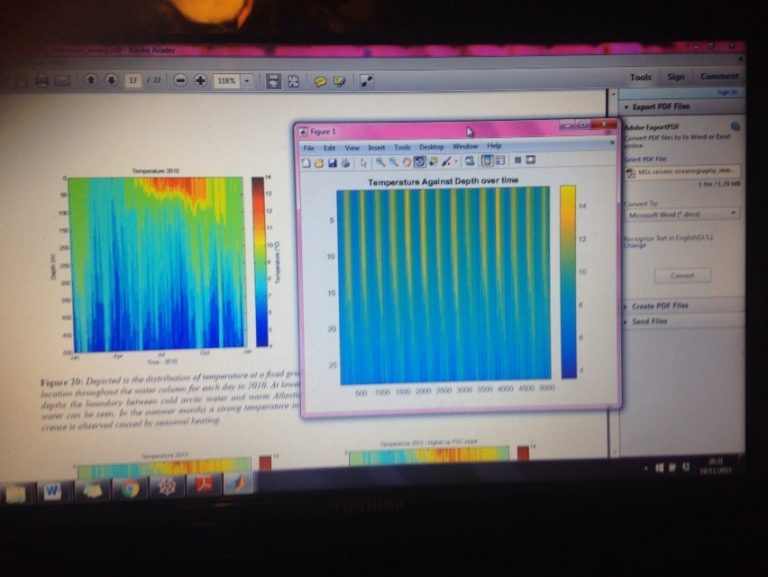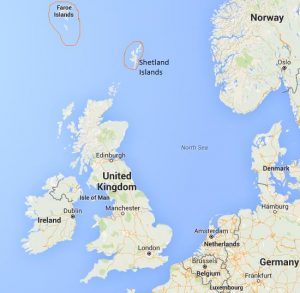Last Wednesday I did a behind the scenes tour of the Natural History Museum, which was great. (Even if I ended up doing it on my own as my friend got stuck in Heathrow!)
It’s a good museum anyway, what with all the Dinosaurs, but to get to see some of their giant ‘spirit collection’ (animals and plants in jars) was really interesting. They have some weird and wonderful things there, including mice with transparent skin and red stained bones, a jar of whales’ eyes and a giant squid, which alone makes the tour worthwhile. (It’s a giant squid for goodness sake—all giant and pink and with tentacles with serrated edges.) You can also see some of the scientists working and some of the original specimens that Charles Darwin collected. The stories that go along with the collection are marvellous as well, for example a fish that disappeared from the fossil record and turned up still alive literally millions of years later, a shark whose skin swim wear people are studying for its lack of drag in the water and the lifecycle of male and female angler fish which is just bizarre!
As someone who doesn’t often come across loads of dead animals, it is also pretty creepy. Especially how some of the jars are just regular kitchen jars, and one even had an old label saying ‘pickled onions’ on it. The history of the collection and its collectors deserves a museum all of its own.
I’ve also started a new course called Information Theory which is finally explaining the idea of ‘information entropy’ to me. It’s only a half course, which means I still need to find something else to pair it with!
But, most importantly, I now have a new Masters project. It is on noise in the oceans—what goes on with sound under the water.
I’m still working on my own, but there is another pair of students who I know very well working on a similar project which is nice, and the supervisor and everyone are being very helpful!
I’m looking at an area of water between the Faroe and Shetland islands, between which there is a deep channel which is responsible for a lot of dramatic water based goings-on in the area. This is because you’ve got cold dense water coming down from the Arctic which can’t get into the Atlantic in many places because of a ridge between Greenland and Scotland which forms a barrier. This channel is one of the places that the water can mix really well.
In the next four weeks before Christmas my job is to download data on that area of the ocean from a worldwide ocean simulation, and make pretty plots of temperature and salinity and sound speed etc etc to investigate how they vary year by year and season by season.

Then I am going to look at reproducing seismic reflection signals using this data, which are what you would get from taking a boat out in real life with a sound-emitting device on the back and then looking at how the sound reflects back to the boat depending on what is going on in the water.
All interesting stuff and it’s going well so far!




